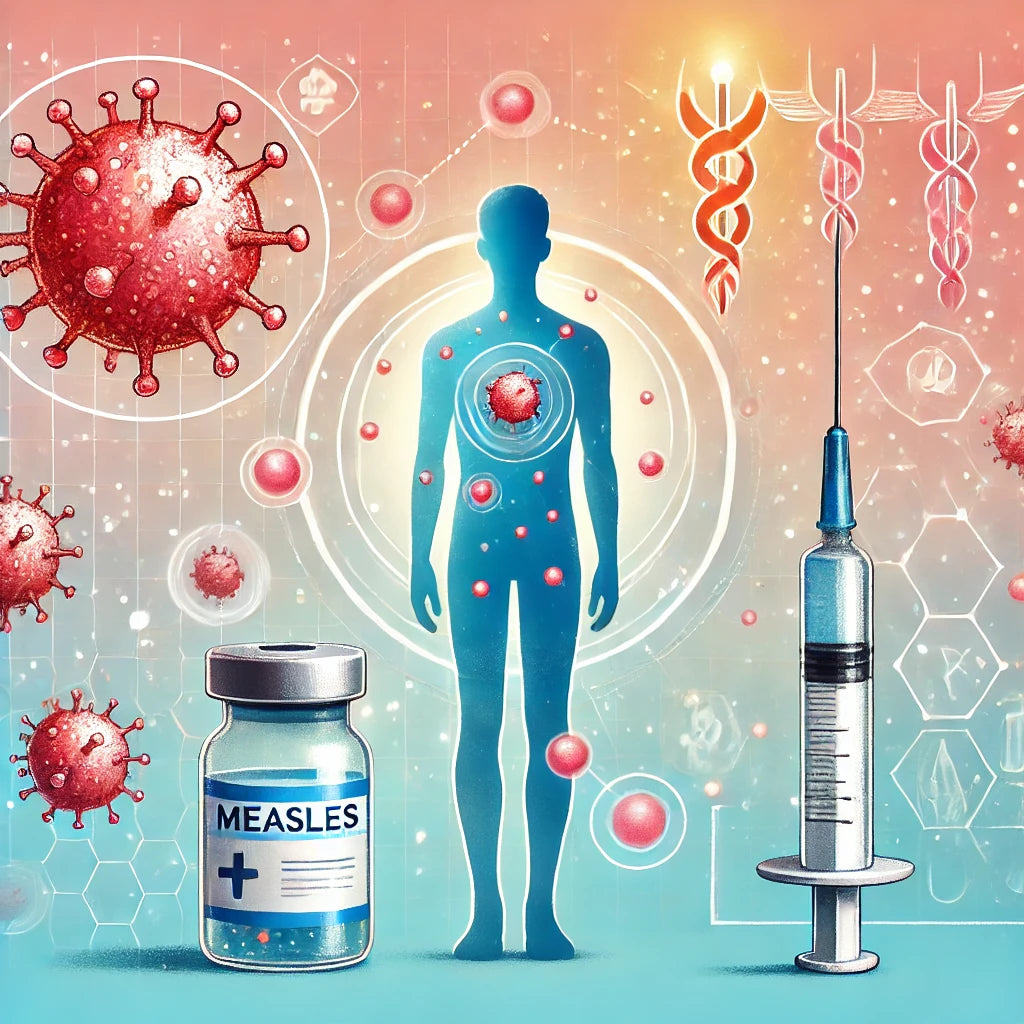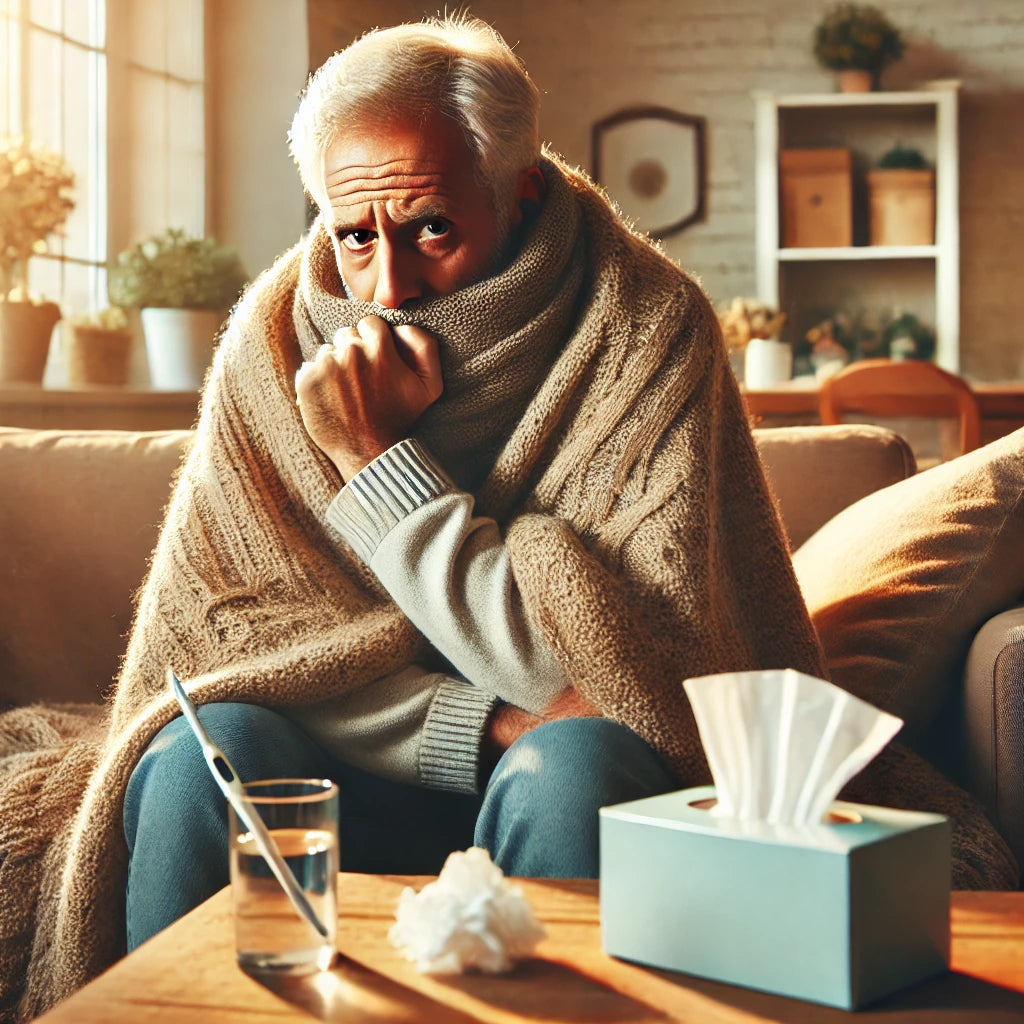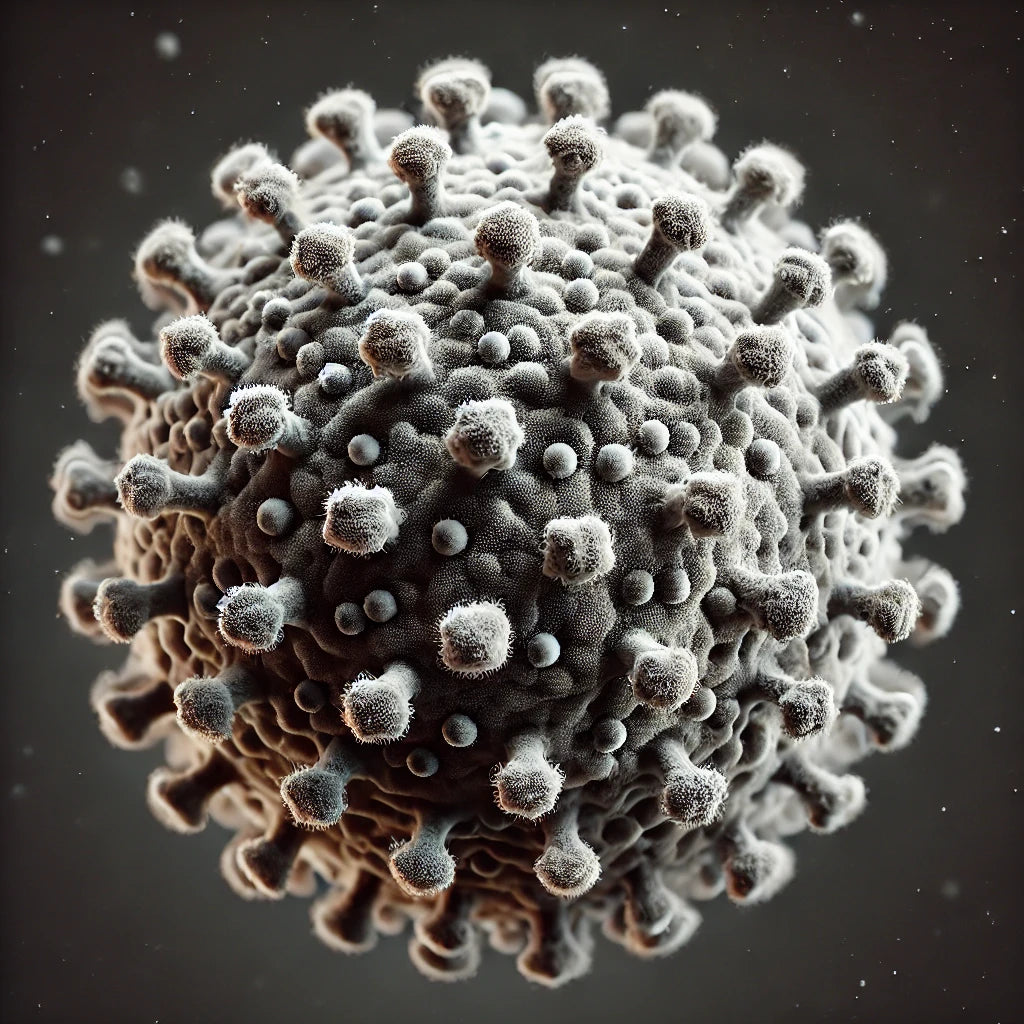News — viral infection
Can You Get Measles Twice? Understanding Immunity and Reinfection
can you get measles twice childhood vaccines compromised immune system get measles twice herd immunity immunity measles measles immunity measles outbreak measles prevention measles reinfection measles symptoms measles vaccine measles virus MMR vaccine second measles infection titer test vaccine effectiveness vaccine failure viral infection
Measles is one of the most contagious viral infections, known for causing high fever, cough, a distinctive red rash, and other flu-like symptoms. It's primarily spread through respiratory droplets and can easily infect anyone who hasn't been vaccinated or developed immunity. While most people associate measles with a one-time illness, a common question that arises is: Can you get measles twice?
Typically, after recovering from measles, individuals develop lifelong immunity, preventing them from getting the virus again. However, there are rare exceptions and nuances to consider, including vaccine failure and certain immune system conditions. In this article, we’ll explore whether it’s possible to get measles more than once, how immunity works, and the role of vaccines in preventing a second infection.
RSV and Older Adults: Understanding the Increased Risk
bronchiolitis elderly care hospitalization immune system lung infection older adults pneumonia respiratory disease respiratory illness Respiratory Syncytial Virus RSV RSV complications RSV prevention RSV risks RSV symptoms RSV transmission RSV treatment RSV vaccine senior health viral infection
Monkeypox Transmission: How Does it Spread?
animal-to-human transmission bushmeat close contact transmission contaminated surfaces endemic regions human-to-human transmission hygiene practices infectious diseases monkeypox prevention monkeypox spread monkeypox symptoms monkeypox transmission monkeypox vaccine Orthopoxvirus public health respiratory droplets viral infection viral outbreaks zoonotic diseases
The virus, which originates from animals such as rodents and primates, can jump to humans through direct contact with infected animals or contaminated materials. However, human-to-human transmission is also possible, primarily through close contact, respiratory droplets, and bodily fluids. In this article, we will explore the various transmission routes of monkeypox and offer insights into how the virus spreads, its symptoms, and ways to prevent it.



